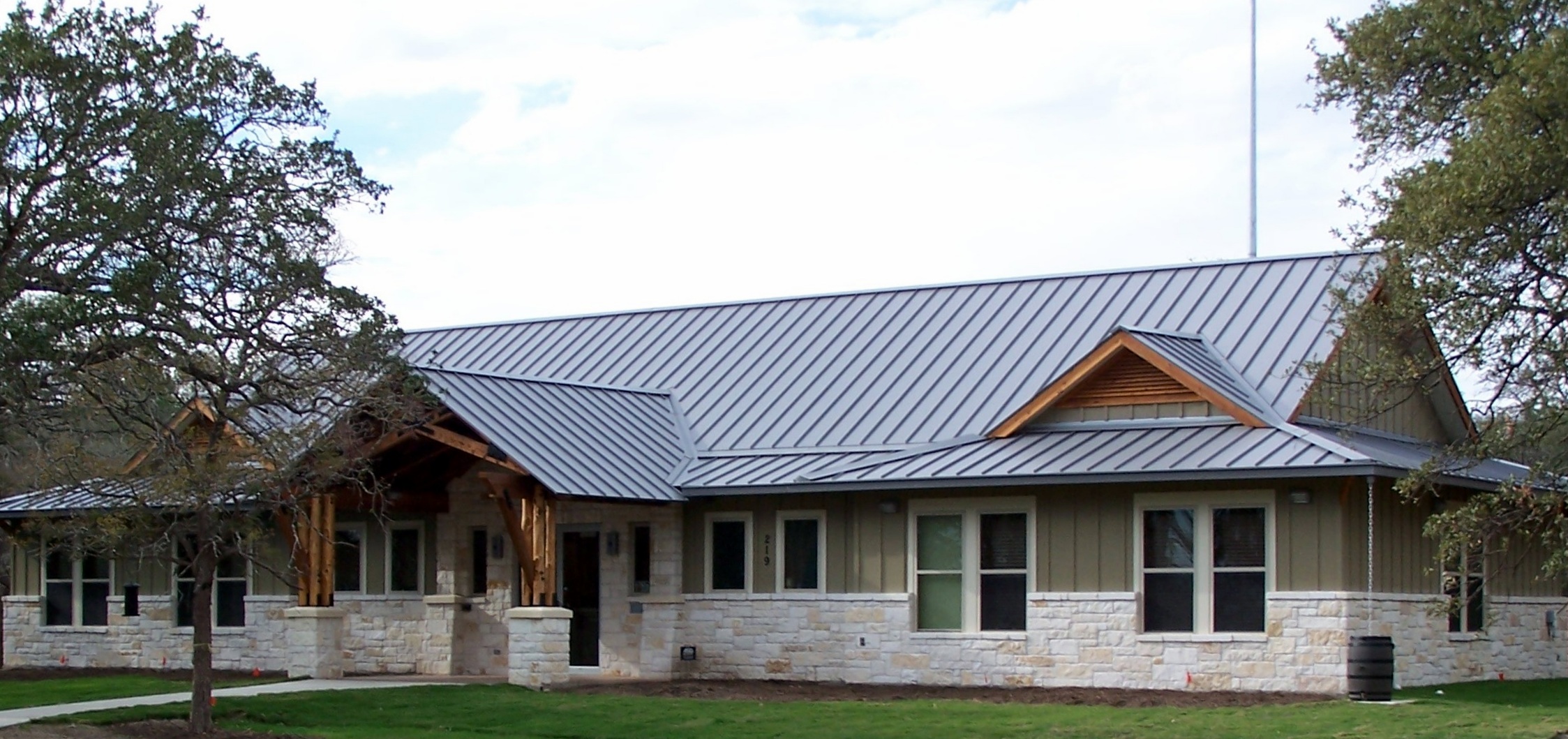
219 Perry Mayfield
Leander, TX, 78641
Phone: (512) 943-1921
Driving Directions
Josh Renner AWB
Environmental Program Coordinator
Phone: (512) 943-1921
Josh.Renner@wilco.org
Pct. 3 Commissioner
Valerie Covey
WCCF Board President
100 Wilco Way, CO201
Georgetown, TX 78626
Phone: (512) 943-3370
vcovey@wilco.org
For Media Inquires:
Connie Odom
Public Affairs Manager
Phone: (512) 943-1663
connie.odom@wilco.org